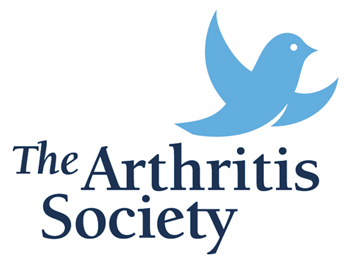Spring 2016 (Volume 26, Number 1)
Looming Rheumatologist Shortage a Cause for Concern
Download PDF

Fredericton rheumatologist Dr. Jamie Henderson wants to see a potential RA patient within six to eight weeks of symptoms starting. He knows the earlier he sees them, the better the outcome. He heads out regularly into the community to address this need with local family doctors.
Dr. Henderson practised for 35 years before retiring this fall. He had a heavy workload, a waiting list, and sometimes could not get to a new RA patient within that two-month zone. New RA cases are common, and it is a disease that stays with a person for life. Over the years, Dr. Henderson accumulated several thousand patients who relied on him to monitor their medications and disease progression.

Dr. Jamie Henderson.
But as he neared retirement, there was nobody set to take
Dr. Henderson’s place. There was no succession plan to take on his growing list of patients.
“That thought would keep me up at night,” Dr. Henderson says. “We need more bodies at the front lines.”
He believes Canada is facing a watershed moment for rheumatologists. Over half of Canadian rheumatologists are older than 50, and many are working into their 70s. “They are leaders of the pack. Who is going to fill their shoes? Some will work past age 65, and some will not.”
If patients cannot access a rheumatologist, it can compromise their care. Even if a person with arthritis is on treatment, he or she needs to visit a rheumatologist at least once a year to be monitored. If inflammatory arthritis (IA) is active, and new medications are being tried, the
frequency of visits escalates to every three months.
“These therapies are absolutely critical,” Dr. Henderson says. “People of my generation, who are coming to the end of their careers, know how devastating RA can be and have seen the results of that devastation.”
The need for more rheumatologists is only rising in Canada. That need is illustrated no more pointedly than in smaller regions that may have one or none. It is not unusual for Canadians to drive many hours to the nearest rheumatologist, of whom there are fewer than 425 in the country.
This shortage is why The Arthritis Society is seeking ways—like salary awards—to incite a new generation
of rheumatologists to provide front-line care to people with arthritis. It makes a difference. Please visit www.arthritis.ca/research/research-investments/2015-salary-awards for more information.
“When I was studying, my first year was funded by The Arthritis Society,” Dr. Henderson explains. “Had that funding not been available, I probably would not have become a rheumatologist.”
Society funding is bringing more medical students to rheumatology to help fill that gap for communities across the country, but more funding is needed.
“We were lucky—we have finally been able to recruit someone to take over my practice in the spring. But with so many of my colleagues at or near retirement, we need to do more to ensure we have enough promising young clinicians coming into the field to meet the needs of patients.”
The Arthritis Society thanks Dr. Henderson for sharing his insights. If you want to help address the shortfall in rheumatologists in Canada, please consider supporting The Arthritis Society / CRA Every Member campaign by contacting Ms. Sandra Dow at sdow@arthritis.ca, or by phone at 416-979-7228 ext. 3343. |

